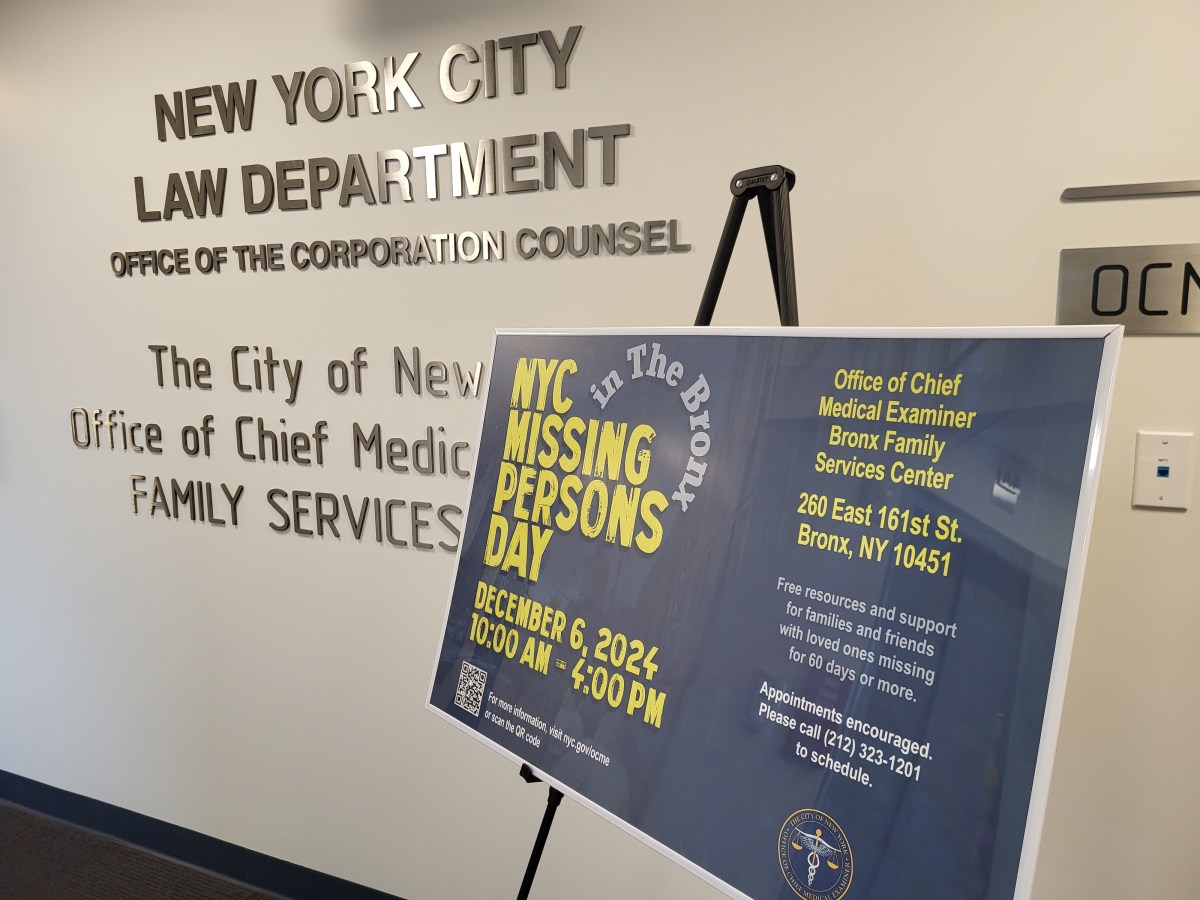As one daily newspaper columnist recently put it, while its organizers claim the Olympics is the sporting event that most brings the international community together, figure skating and gymnastics really have nothing on World Cup soccer when it comes to uniting the planet in following an athletic event. And that sense of camaraderie transcends merely sports.
This feeling is especially evident in New York, one of the planet’s most international of metropolises. In bars across Gotham, natives, foreigners and immigrants are all joining together to watch “the beautiful game.” Business is booming in Downtown bars, as patrons aren’t “bending it like Beckham,” but rather bending their elbows, as they enjoy watching the “football” games.
It’s a good thing for America, in general, to get a bit caught up in World Cup fever. While many of us might not know what all the fuss is about, others who are following the World Cup are enjoying feeling a sense of connectedness with the rest of the world, whether it’s brushing shoulders with foreigners and expats in bars like Nevada Smiths or listening to the English announcer’s distinctly different delivery and style during the broadcasts.
Major League Baseball of course has the World Series, but it’s really only the “North American Series,” in that it’s all U.S. teams, plus the Toronto Blue Jays. And the National Hockey League does feature both American and Canadian teams. But soccer really is an international sport, as seen in the frequent cups and tournaments between teams from various European countries, or between African countries and so on.
Indeed, sports can be a force for bringing the world together — and, of course, they are also just fun and exciting to watch and follow. Studies have actually shown that — like being part of organized religion or even owning a dog — it’s physically and psychologically healthy for people to follow the vicissitudes of a sports team. Beleaguered Knicks fans might not agree, though. (Did somebody say, “LeBron”?) And Mets fans’ faith has certainly been put to the test in recent years.
European soccer hooliganism, thankfully, has been on the wane, after a crackdown by authorities, and sports hooliganism in general, again thankfully, isn’t really an issue in America. In Europe, that problem is more an expression of societal discontent than something specifically associated with sports — though, admittedly, sports do fuel strong passions.
Although America has a plethora of great sports — sports that have been exported to the rest of the world — such as basketball, American-style football and baseball — soccer has been growing here. More and more young people have been picking up the game, and the strong showing of the American side against England in their 1-1 tie on Saturday is perhaps an expression of that.
Local youth leagues like Downtown United Soccer Club are giving our kids a great opportunity to learn and play soccer — a sport that doesn’t put as much individual pressure on players, like baseball does, for example, where an at-bat or towering pop fly can induce panic. Not everyone has great hand-eye coordination needed for baseball, not all are big enough to play American football, and, let’s face it, it really helps to be tall to play hoops. But most people can run and kick. Soccer is a very accessible sport and is very affordable.
As America becomes increasingly multicultural, soccer will surely only grow here. And that phenomenon will only unite us more with the world — which is a very good thing. Who knows? Someday soon we just may see a former DUSC player scoring an equalizer or a winning goal in a World Cup. Go-o-o-o-o-oal!




































